Although pitfall traps are great tools for getting an idea of what insects are running around on the soil surface or just below it, if you want to really understand the soil fauna you need to dig further down 🙂 There are a number of methods that you can use, sieving and flotation being very common (Southwood & Henderson, 2000). This is generally how entomologists sampled soil arthropods for many years (Greene 1880) despite the extra manual and time-consuming effort needed by the entomologist in addition to the initial digging. A more ‘natural’ and less time-consuming method is to let the arthropods do the work for you. Surprisingly, it was not until the beginning of the 20th Century that an Italian entomologist, Antonio Berlese (1863-1927) came up with a more efficient and easy to use method. In essence he surrounded a 50 cm diameter metal funnel with a water jacket that could be heated,
Berlese funnel – direct heating version
either directly or indirectly using a Bunsen burner. The funnel was filled with soil or leaf litter and an alcohol filled tube placed at the base of the apparatus. The heat from the water jacket drives the insects and other arthropods down towards the collecting tube where they can be sorted at leisure. A much easier method than sieving and sorting. Berlese was very pleased with
Berlese funnel – indirect heating verison
his invention, and proudly comments “..consumes about three cubic meters of gas per day The above means that at a cost of about a lira I easily get in a day the same number of small animals that ten people with all the attendant discomfort and incredible patience would not be able to collect in the same time”* He points out that it is particularly good for collecting Collembola, Symphylids, Thysanurans and Pauropoda.
The first modification of the Berlese funnel was a minor one, that of Swedish entomologist, Ivar Trägårdh (1878-1951), with the water heated by spirit lamps instead of Bunsen burners, which meant that it was much more portable (Trägårdh, 1910).
First modification of the Berlese funnel, spirit lamps instead of Bunsen burners (Trägårdh, 1910).
The next modification was that of the German entomologist Anton Krausse (1878-1929). His design restricted the heated water jacket to the top part of the apparatus to drive the fauna downwards to the collecting tube and reduce the weight of the system. It was, however, still heated by a Bunsen burner.
The Krausse modification of the Berlese funnel (taken from Krausse, 1916).
A few years later, a Swedish arachnologist, Albert Tullgren (1874-1958) came up with a major modification, using an electric lamp to heat the surface of the soil or litter sample. The idea being that the drying effect was gradual and unidirectional and allowed the small insects and other invertebrates more time to find their way down to the collecting vessel before they died.
The Tullgren modification (Tullgren, 1917).
Tullgren points out that his apparatus is much cheaper to make and run. Interestingly, neither Berlese or Tullgren made any attempt to compare the efficiency of their methods for different components of the soil and litter fauna, presumably because they were just interested in collecting rather than comparing habitats. As far as I can tell the first person to compare and test different methods of using the funnels, e.g. having different strength of light bulbs and drying methods was Trägårdh (1933) who also compared different substrates with different initial water contents. Further work in the 1950s by the late, great, Amyan Macfadyen, additionally improved the reliability of the methods and interpretation of the data (MacFadyen, 1953, 1961). The Berlese or Berlese-Tullgren or Tullgren funnel, is now, and has been for over fifty years, an accepted part of the armoury of those studying the smaller members of the litter and soil, although there are a number of designs and descriptions.
From Smart (1949) Instructions for collectors (my Dad’s edition), here described as the Berlese funnel. The text also suggests that the heat can come from above e.g. a light source or even used outside with the sun ‘beating’ down on to the surface.
The illustration from Instructions for Collectors (my edition, (Cogan & Smith, 1973)) described in the text as Berlese funnel with Tullgren modification
Another example, this one from Southwood (1966) with no water jacket and a heating/drying unit at the top, with a light source at the bottom to attract(?) the soil fauna.
The Tullgren funnel array in use at Harper Adams University – light bulb for scale.
To use the above version you put your soil or litter sample in the upper part of the funnel which is removable, the lamp creates a temperature gradient, according to the manufacturers of approximately 14°C in the soil sample. To avoid the heating and drying effect, the soil arthropods, sieve themselves through the gauze to the collecting tube attached to the base of the funnel. In this version you can adjust the position of the lamp so that the drying process can be either slowed down or quickened up.
One of my PhD students, Fran Sconce (@FranciscaSconce) with her Tullgren funnels; the happy smile a testament to how much easier they are to use than manual sieving and flotation techniques 🙂
References
Berlese, A. (1905) Apparecchio per raccogliere persto en in gran numero piccoli artopodi. Redia, 2, 85-89.
Cogan, B.H. & Smith, K.G.V. (1973) Instructions for Collectors No 4a Insects, British Museums (Natural History) London
Greene, J. (1880) The Insect Hunter’s Companion: Being Instructions for Collecting and Describing Butterflies, Moths, Beetles, Bees, Flies, Etc.
Krausse, A. (1916) Ein neuer automatischer Ausleseapparta besonder für terrikole Insekten un Milben. Zeitschrift für Angewandte Entomologie, 3, 303-304
Macfadyen, A. (1953) Notes on methods for the extraction of small soil arthropods. Journal of Animal Ecology, 22, 65-77.
Macfadyen, A. (1961) Improved funnel-type extractors for soil arthropods. Journal of Animal Ecology, 30, 171-184.
Smart, J. (1949) Instructions for Collectors, No 4A Insects, British Museum (Natural History), London.
Southwood, T.R. (1966) Ecological Methods, Chapman & Hall, London
Southwood, T.R.E. & Henderson, P.A. (2000) Ecological Methods, 3rd Edition, Blackwell Science, Oxford.
Trägårdh, I. (1910) Om Berlese’s apparat för snann och effecktiv insamling af små leddjur. Entomologisk Tiddskrift, 31, 35-37
Trägårdh, I. (1933) Methods of automatic collecting for studying the fauna of the soil. Bulletin of Entomological Research, 24, 203-214.
Tullgren, A. (1917) En enkel apprat för automatiskt vittjande av sällgods. Entomologisk Tidskrift. 38, 797-100
Post script
Modern Berlese funnels have totally morphed away from the original design and are much easier to use and deploy and store. You can also, very cheaply and easily make your own.
*a joint effort by me and Google Translate

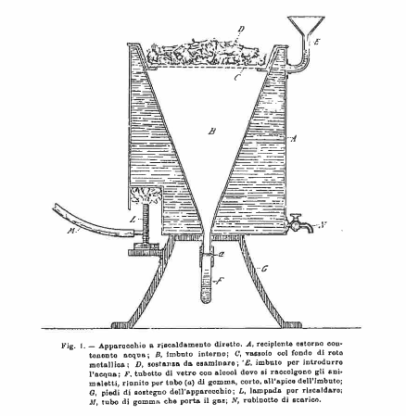

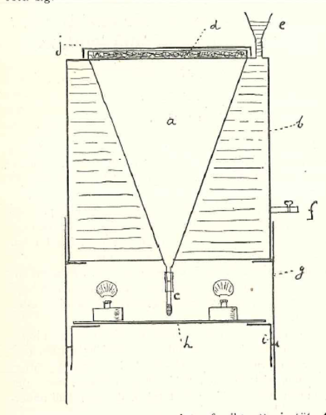

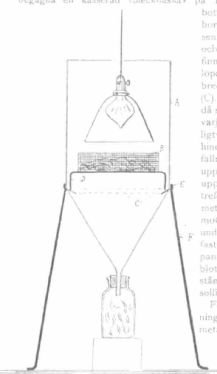



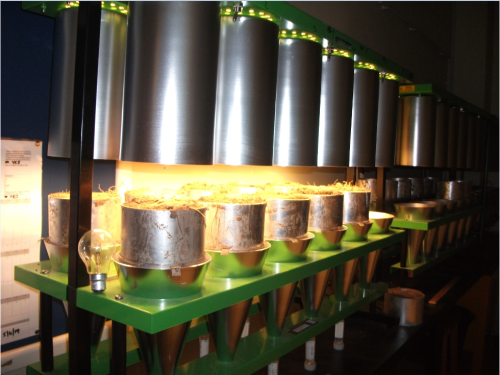
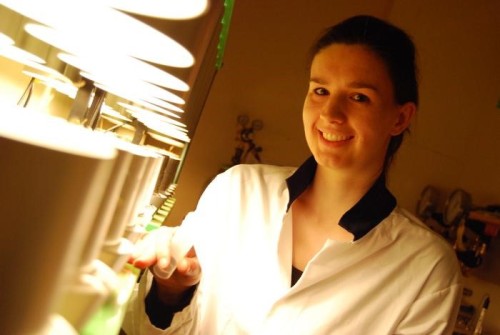
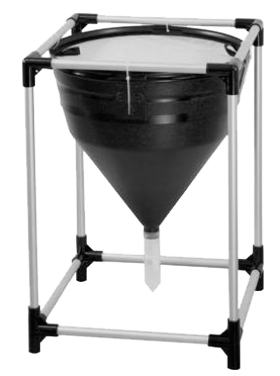
Hello! I came across this post while trying to find information on overcoming some Tullgren funnel extraction issues I’ve encountered and am curious to know if you have any suggestions/advice. I am sampling soil cores to get a picture of how arthropod communities under different treatments are structured. I want to leave my cores intact to minimize soil fauna mortality but fear that not evening out the soil over the funnel will cause the sides of the core to dry out too quickly. Any thoughts on how to best mitigate these issues? Thank you!
LikeLike
Hi – Interesting question – I think you are on Twitter so try asking @FranciscaSconce who has used them a lot, or email me sleather@harper-adams.ac.uk and I can pass her email on to you.
LikeLike
Pingback: The Roundabout Review 2018 | Don't Forget the Roundabouts